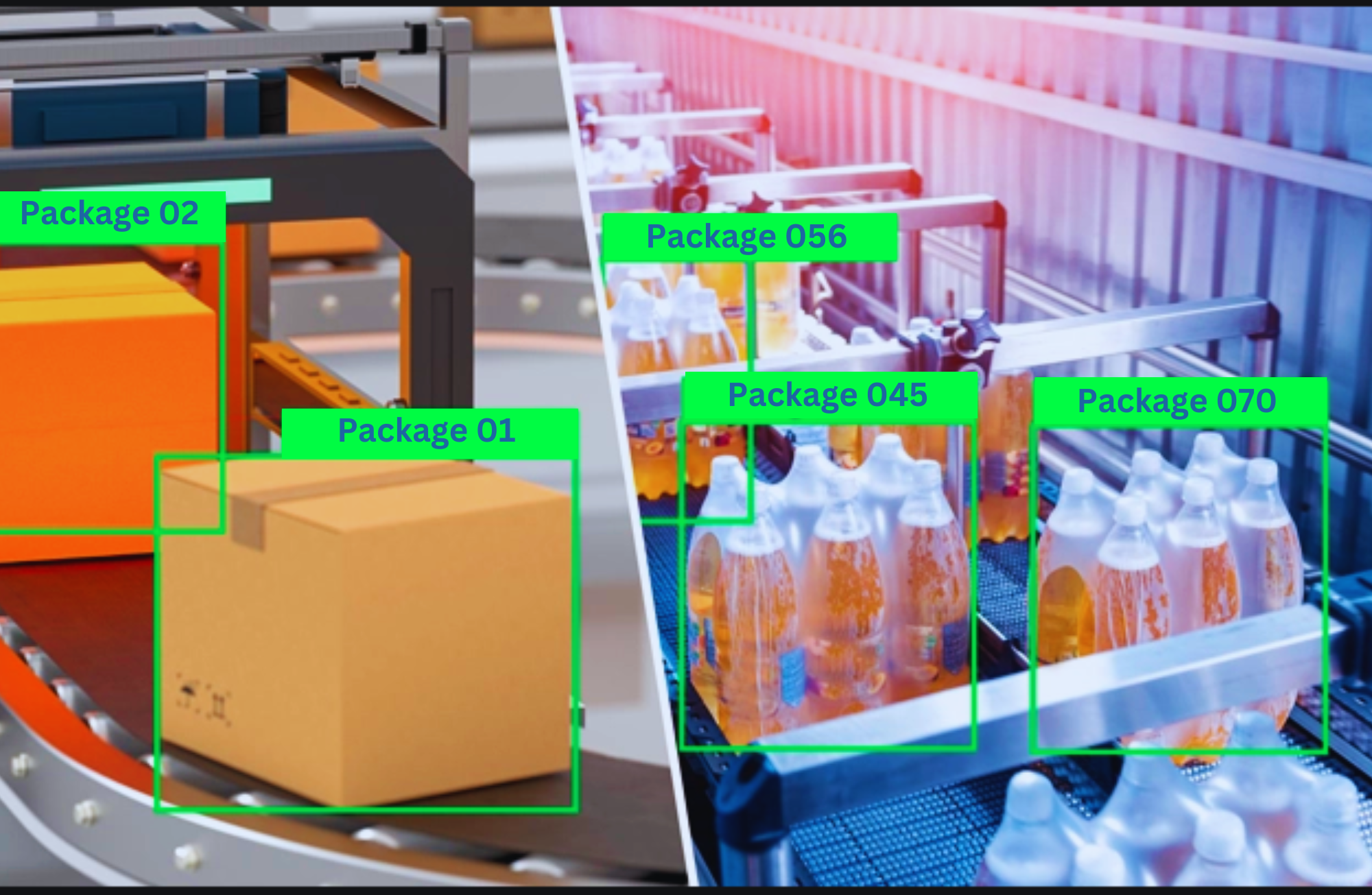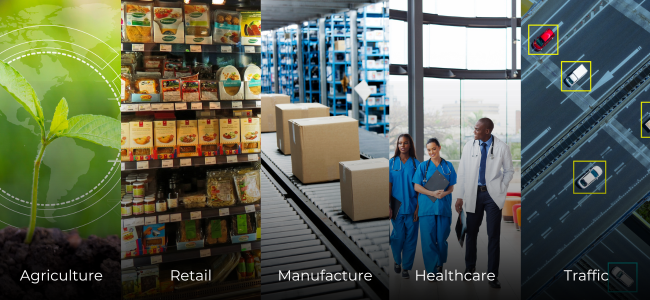What is Object Counting with Computer Vision AI?
Published Aug 13, 2024
Counting Objects Using Computer Vision AI
Object counting with computer vision AI enhances efficiency in industries by accurately counting objects in images or videos, reducing labor costs and improving decision-making.

Understanding Object Counting
Object counting involves identifying and enumerating specific objects within an image or video frame. The process generally includes several key steps:
- Image Acquisition: Capturing images or video frames using cameras or other imaging devices.
- Preprocessing: Enhancing the quality of images through techniques such as noise reduction, contrast adjustment, and normalization.
- Object Detection: Identifying and locating objects within the image.
- Counting: Enumerating the detected objects.
Techniques for Object Counting
Several techniques can be employed to count objects using computer vision AI:
- Traditional Image Processing Methods:
- Thresholding: Converting grayscale images to binary images to separate objects from the background.
- Edge Detection: Using algorithms like Canny edge detection to find object boundaries.
- Contour Detection: Identifying and counting the contours of objects within an image.
- Machine Learning-Based Methods:
- Support Vector Machines (SVM): Using SVM classifiers to detect and count objects based on their features.
- Random Forests: Leveraging ensemble learning methods to improve object detection accuracy.
- Deep Learning-Based Methods:
- Convolutional Neural Networks (CNNs): Employing CNN architectures to automatically extract features and detect objects with high accuracy.
- Region-Based CNNs (R-CNNs): Using R-CNN variants like Faster R-CNN and Mask R-CNN to detect and count objects in complex scenes.
- YOLO (You Only Look Once): A real-time object detection algorithm that can count objects efficiently in live video streams.
- SSD (Single Shot MultiBox Detector): Another real-time object detection method that balances speed and accuracy.
Applications of Object Counting
- Manufacturing: Counting products on assembly lines to ensure quality control and inventory management.
- Retail: Analyzing foot traffic and customer behavior by counting people in stores or malls.
- Agriculture: Monitoring crop health and yield by counting plants, fruits, or livestock.
- Healthcare: Counting cells, bacteria, or medical instruments in laboratory settings.
- Traffic Management: Counting vehicles on roads and highways to optimize traffic flow and reduce congestion.

Benefits of Object Counting Using Computer Vision AI
- Accuracy: AI algorithms can achieve high accuracy in object detection and counting, reducing errors associated with manual counting.
- Efficiency: Automating the counting process saves time and labor, allowing for real-time monitoring and analysis.
- Scalability: AI-based counting systems can handle large volumes of data and scale to meet the demands of various applications.
- Cost-Effectiveness: Reducing the need for manual labor and improving operational efficiency leads to significant cost savings.

Object counting using computer vision AI is a powerful tool that offers numerous benefits across different industries. By leveraging advanced algorithms and models, businesses can automate the counting process, enhance accuracy, and improve efficiency. As AI technology continues to evolve, the capabilities and applications of object counting will expand, driving further innovation and growth in this field. Whether it's for inventory management, traffic monitoring, or agricultural analysis, computer vision AI provides a robust and scalable solution for accurate and efficient object counting.


